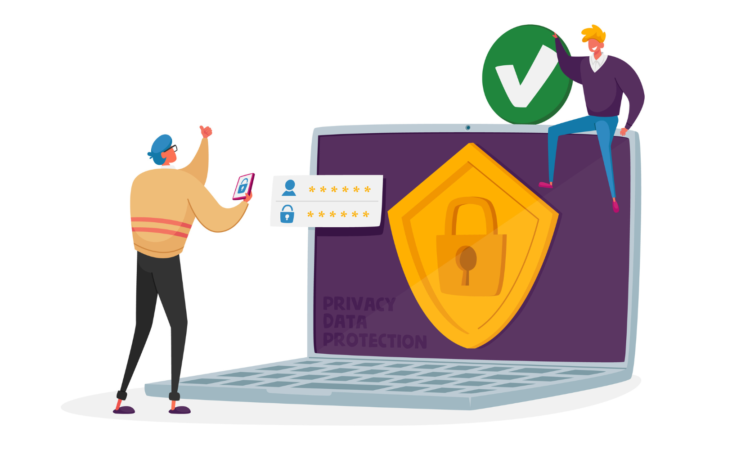
There are several email encryption methods available, each with its own strengths and weaknesses. The choice of encryption method depends on factors such as your level of technical expertise, the sensitivity of the information being transmitted, and the preferences of your recipients. Let’s explore some commonly used email encryption methods:
- S/MIME (Secure/Multipurpose Internet Mail Extensions): S/MIME is a widely adopted email with encryption standard that uses a public key infrastructure (PKI). It requires both the sender and recipient to have a digital certificate installed on their email client. S/MIME provides end-to-end encryption, ensuring that only the intended recipient can decrypt and read the message.
- PGP (Pretty Good Privacy): PGP is another popular encryption method that uses both symmetric and asymmetric encryption. It is based on a web of trust model, where users verify each other’s identity by signing each other’s public keys. PGP offers strong encryption and is known for its versatility and compatibility with various email clients.
- TLS (Transport Layer Security): TLS is a protocol that encrypts the connection between email servers, ensuring that emails in transit are protected. While TLS does not provide end-to-end encryption like S/MIME or PGP, it is a valuable security measure that prevents eavesdropping and tampering during transmission.
Read more details about email spam check.
How to Set Up Email Encryption
Setting up email encryption may seem like a daunting task, but with the right guidance, it can be easily accomplished. The exact steps will vary depending on the encryption method you choose and the email client or service you use. Here is a general overview of the process:
- Choose an encryption method: Evaluate the different encryption methods available and select the one that best suits your needs and requirements.
- Obtain digital certificates: If you opt for S/MIME encryption, both the sender and recipient need to have digital certificates. These certificates can be obtained from a trusted certificate authority (CA) or through a certificate management service.
- Install encryption software: For encryption methods like PGP, you will need to install encryption software on your computer or device. There are various PGP software applications available, both free and commercial.
- Configure your email client: Once you have the necessary certificates or software, configure your email client’s encryption settings. This typically involves importing the digital certificates, generating encryption keys, and enabling encryption for outgoing emails.
- Test the encryption: Before sending sensitive information, it is crucial to test the encryption to ensure that it is functioning correctly. Send a test email to a trusted recipient and verify that they are able to decrypt and read the message.
Remember that the setup process may differ based on the specific encryption method and email client you use. It is recommended to consult the documentation or support resources provided by the encryption software or email service you are utilizing for detailed instructions.
It can be interesting for you – https://reply.io/ai-for-sales-prospecting/.
